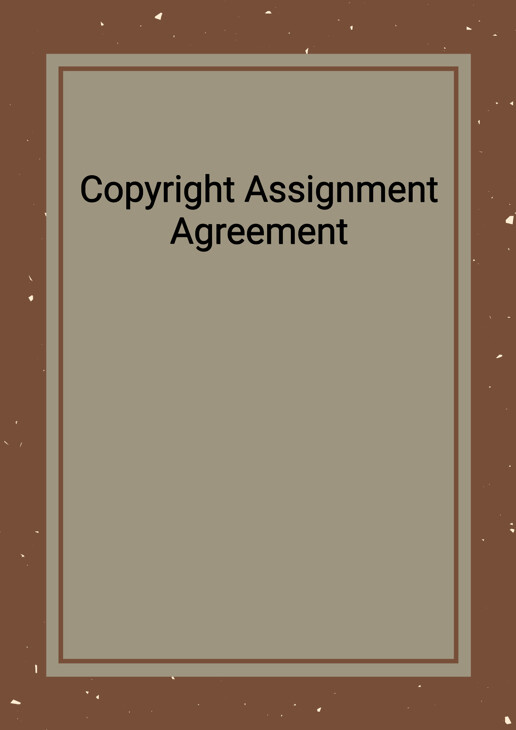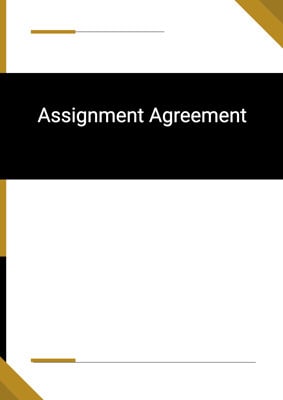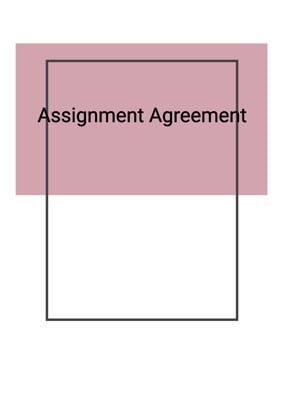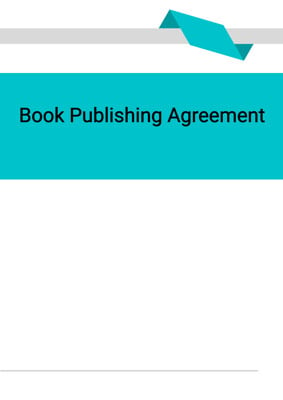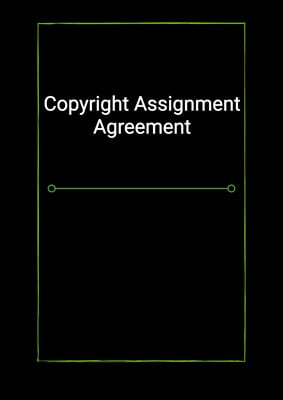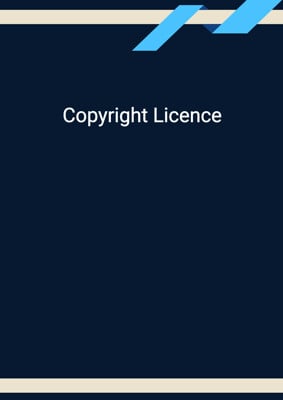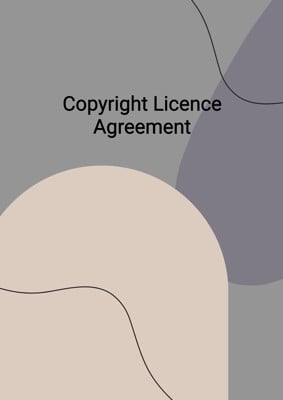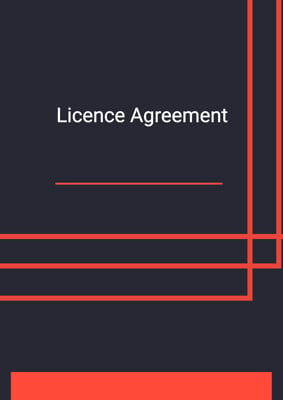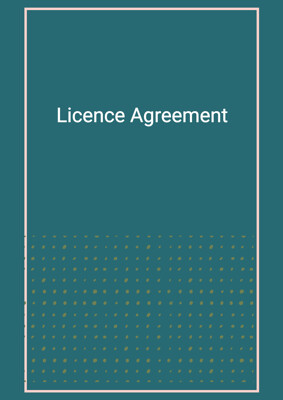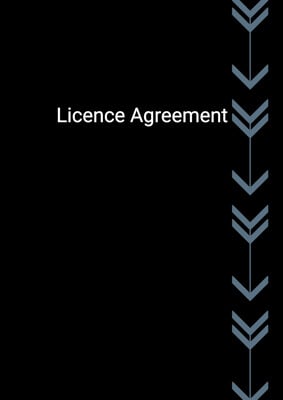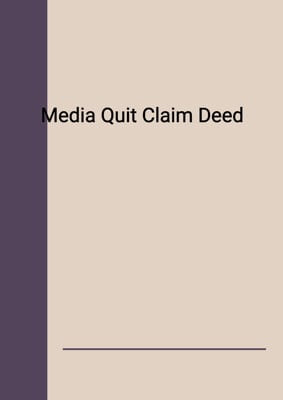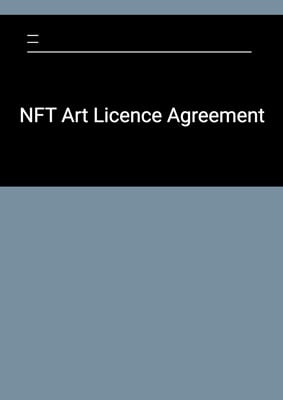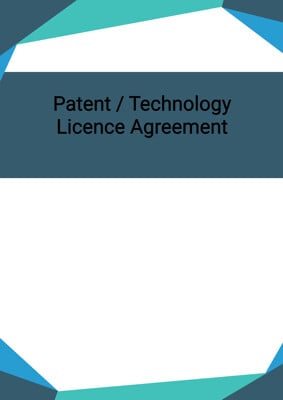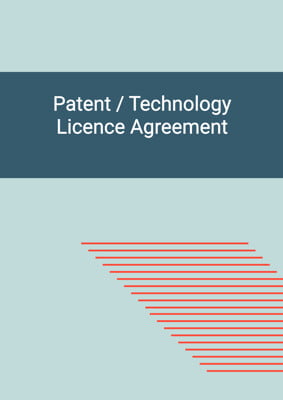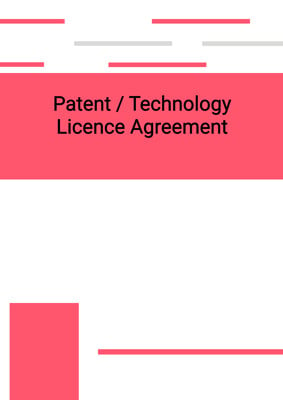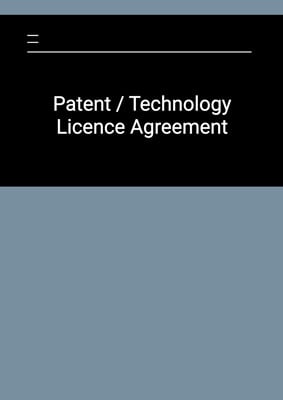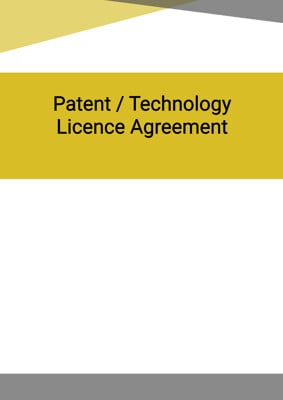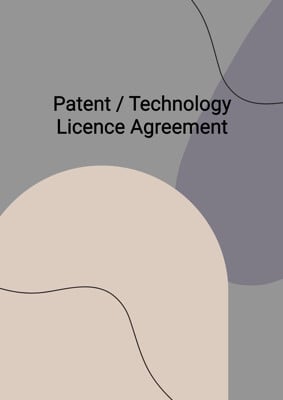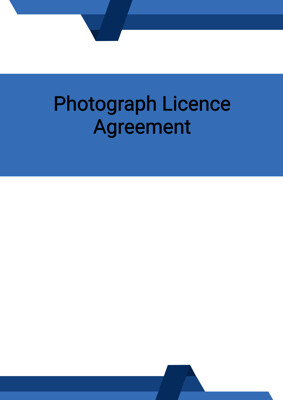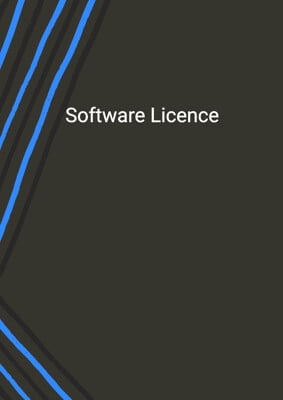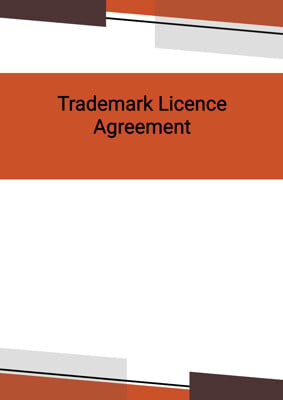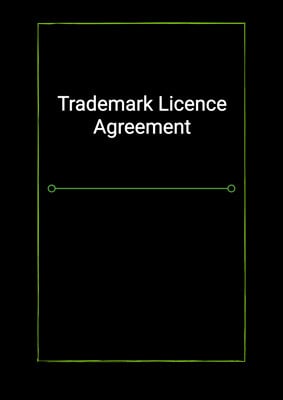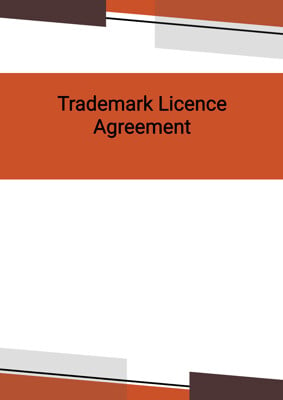How to Tailor the Document for Your Need?
01
Create Document
Fill in the details of the parties. You can click the "Fill with Member’s Information" button to complete it with information saved to your account.
02
Fill Information
Please fill in any additional information by following the step-by-step guide on the left hand side of the preview document and click the "Next" button.
03
Get Document
When you are done, click the "Get Document" button and you can download the document in Word or PDF format.
04
Review Document
Please get all parties to review the document carefully and make any final modifications to ensure that the details are correct before signing the document.
Document Preview
Document Description
The Copyright Assignment Agreement is a legal document that outlines the transfer of copyright ownership from the assignor to the assignee. This agreement is important as it ensures that the assignee has full rights and control over the copyrighted work, allowing them to exploit and protect it as they see fit.
The document begins with an introduction, stating the names and principal places of business of both parties involved. It also provides a brief background on the creation of the work, mentioning whether it was created on the instructions of the assignee or if the assignor owns the copyright.
Section 1 of the agreement focuses on the interpretation of the terms used throughout the document. It clarifies that singular and plural forms are interchangeable, and that references to legislation include any amendments or substitutions. It also explains that the agreement applies to individuals, corporations, and other entities.
Section 2 deals with the assignment of copyright. It states that the assignor is transferring all rights, title, and interest in the work to the assignee, including any preliminary drafts or derivative works. The assignment is effective from the date of the agreement, and the assignor waives any moral rights they may have in the work.
Section 3 covers the consideration for the assignment. The assignee agrees to pay a specified sum to the assignor, and any payments made are exclusive of VAT. If the assignor receives a tax benefit due to any deductions or withholdings made by the assignee, they are required to reimburse the assignee to ensure no financial disadvantage.
Section 4 includes warranties provided by the assignor. These warranties state that the assignor has the power to enter into the agreement, that the work is original and not copied from any other source, and that all necessary approvals and consents have been obtained. The assignor also warrants that the rights being assigned are free from any mortgages, charges, or security interests, and that the work is not defamatory or indecent. The assignor indemnifies the assignee against any losses or liabilities resulting from a breach of these warranties.
Section 5 requires the assignor to perform any further acts or execute any additional documents necessary to implement the agreement. It also allows the assignee to take action on behalf of the assignor if required.
Section 6 addresses costs and duties. Each party is responsible for their own costs related to the agreement, and the assignee must pay any stamp duty. The agreement acknowledges that consideration payments have been calculated without regard to any taxes.
Section 7 states that if any provision of the agreement is deemed illegal, void, or unenforceable, it will be removed without affecting the remaining provisions. The parties will negotiate a substitute provision if necessary.
Section 8 specifies that any variations to the agreement must be in writing and signed by both parties. Variations do not constitute a waiver of any provisions or affect any rights or obligations that have already accrued.
Section 9 confirms that the agreement constitutes the entire agreement between the parties, superseding any previous agreements or understandings. It also states that any statements or warranties not included in the agreement are not enforceable.
Section 10 states that the agreement is governed by jurisdiction state law.
Section 11 covers notices and service. It explains how notices should be delivered and provides the addresses and contact information for both parties.
Section 12 allows the agreement to be executed in multiple counterparts, with each counterpart considered an original.
This detailed description provides a comprehensive overview of the Copyright Assignment Agreement, highlighting its importance and providing a detailed introduction to each section of the document.
How to use this document?
1. Review the document: Familiarize yourself with the Copyright Assignment Agreement and understand its purpose and implications.
2. Identify the parties: Ensure that the correct names and principal places of business for both the assignor and assignee are accurately stated in the agreement.
3. Determine the background: Determine whether the work was created on the instructions of the assignee or if the assignor owns the copyright. This information will be stated in the agreement.
4. Understand the interpretation: Familiarize yourself with the interpretation section, which clarifies the meaning of terms used throughout the document.
5. Note the assignment details: Take note of the details regarding the assignment of copyright, including the transfer of rights, title, and interest in the work. Understand that the assignment is effective from the date of the agreement.
6. Consider the consideration: Understand the consideration for the assignment, including any payments to be made by the assignee to the assignor. Take note of any VAT implications.
7. Review the warranties: Carefully review the warranties provided by the assignor, ensuring that they have the power to enter into the agreement and that the work is original and free from any infringements or security interests.
8. Understand indemnification: Note that the assignor is required to indemnify the assignee against any losses or liabilities resulting from a breach of the warranties.
9. Be aware of further obligations: Understand that the assignor may be required to perform further acts or execute additional documents to implement the agreement. Note that the assignee may take action on behalf of the assignor if necessary.
10. Consider costs and duties: Understand that each party is responsible for their own costs related to the agreement. Note that the assignee is responsible for any stamp duty.
11. Be aware of severability: Understand that if any provision of the agreement is deemed illegal, void, or unenforceable, it will be removed without affecting the remaining provisions. Negotiations may be required to establish a substitute provision.
12. Note the amendment process: Understand that any variations to the agreement must be in writing and signed by both parties. Note that variations do not affect rights or obligations that have already accrued.
13. Recognize the entire agreement: Understand that the agreement constitutes the entire agreement between the parties, superseding any previous agreements or understandings.
14. Consider governing law: Note that the agreement is governed by jurisdiction state law.
15. Understand notices and service: Familiarize yourself with the requirements for serving notices, including the acceptable methods of delivery and the contact information for both parties.
16. Execute the agreement: Once you have reviewed and understood the agreement, ensure that it is properly executed by the authorized representatives of both parties.
17. Retain a copy: Keep a copy of the executed agreement for your records and future reference.
Not the right document?
Don’t worry, we have thousands of documents for you to choose from:
